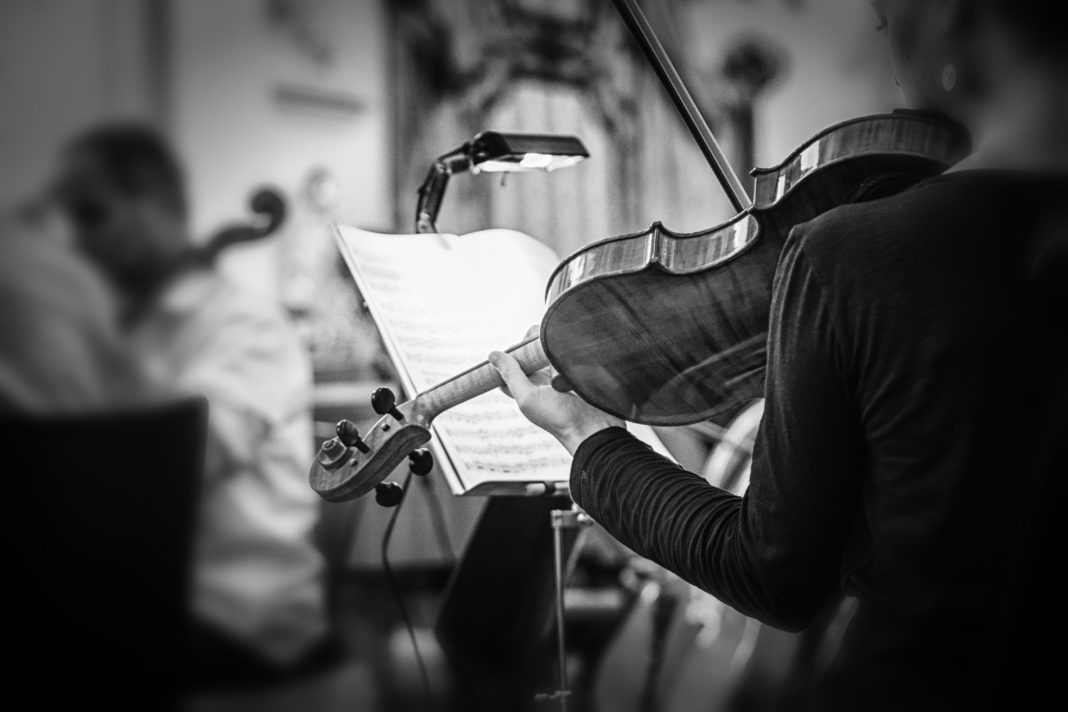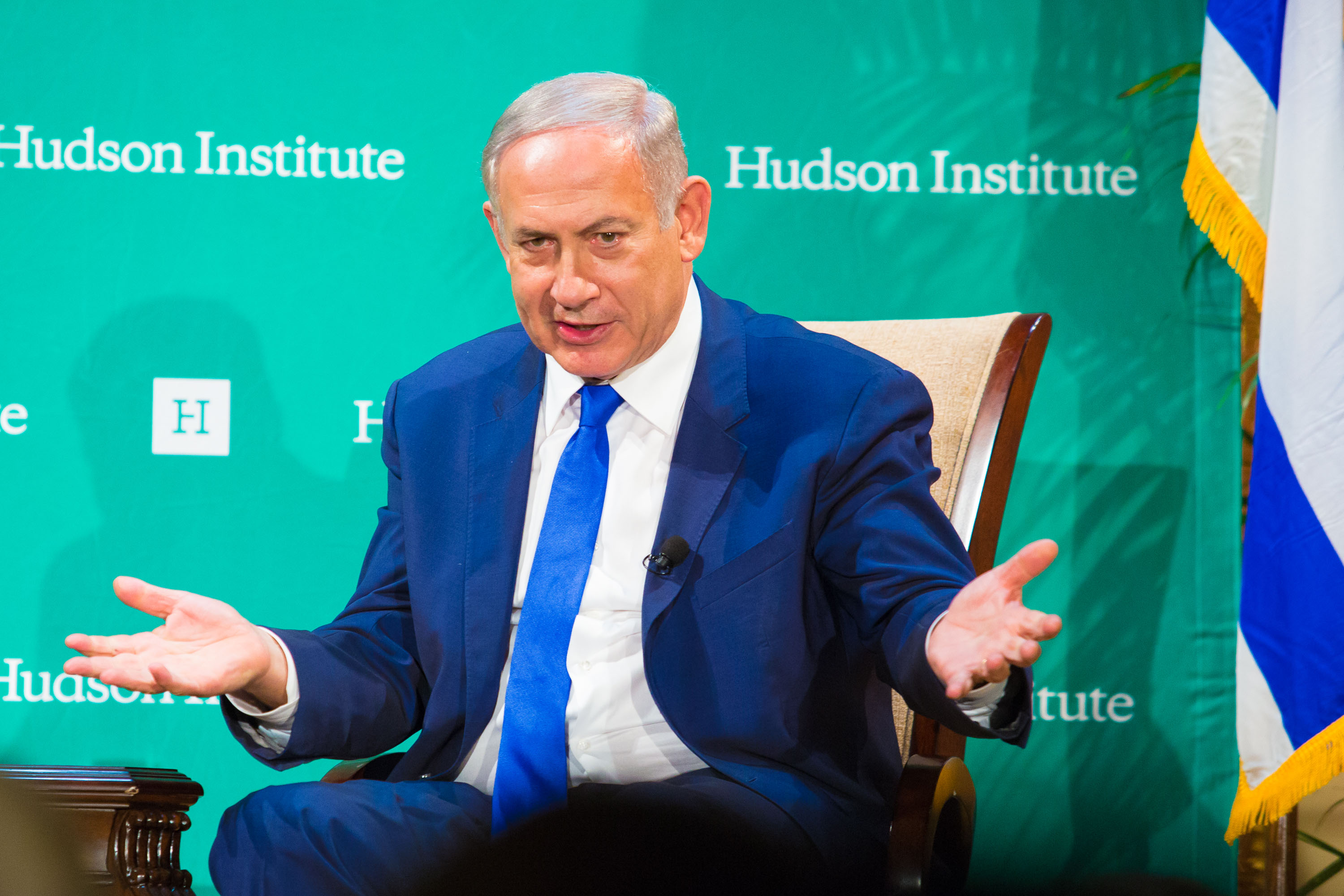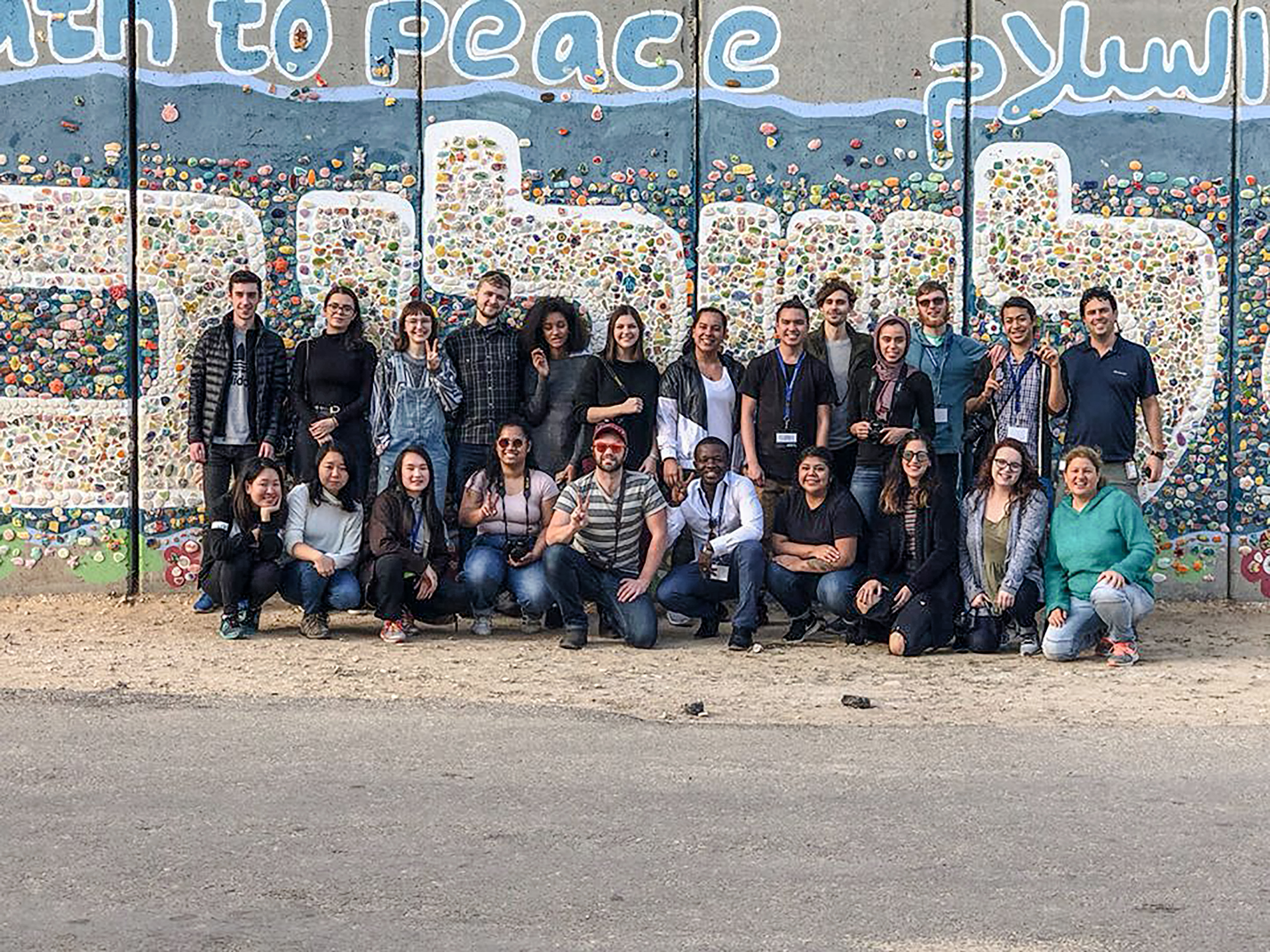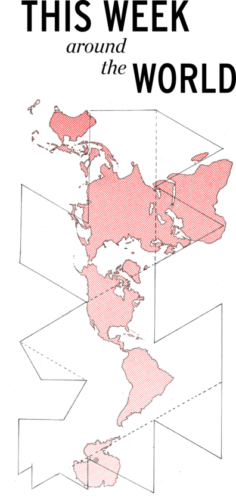Protests continue for the third week along the Gaza-Israel border as Palestinians participate in the Great March of Return, which began on this year’s Land Day. Land Day falls on March 30 as an annual commemoration of events in 1976 when six unarmed Arab citizens were killed protesting an Israeli decision to expropriate thousands of acres of Palestinian land.
The Great March of Return will span six weeks in a lead-up to the 70th anniversary of the Nakba on May 15. Nakba is an Arabic word for disaster or catastrophe and is used to describe the events of 1948 when Palestinians were displaced from their homes following the creation of the state of Israel.
Protesters are calling for the right of return for the Palestinian diaspora, a demographic amounting to roughly six million people living outside of historical Palestine. The protests also call attention to the continued plight of Palestinians living under occupation in the West Bank and Gaza.
The Gaza Strip is a Palestinian territory located on the coast of the Mediterranean Sea between Israel and Egypt. It’s often described as the world’s largest open-air prison, as the area is under siege and movement is extremely limited. Last year, the World Bank recorded unemployment at 44 percent overall, and more than 60 percent for youth.
Thousands of unarmed protesters marched to the border to participate in the demonstrations. Haaretz reported the number at 30,000 for the first day alone. According to the Palestinian Health Ministry, 16 protesters were killed and 1,416 were wounded by Israeli forces. Over 700 were injured by live Israeli fire, 148 from rubber-tipped bullets, 422 from tear gas inhalation and 88 from unspecified causes.
As of April 6, the total number of deaths had risen to 31, including journalist Yaser Murtaja, a cameraman for Ain Media who had recently secured a grant from the United States Agency for International Development. The International Federation of Journalists has denounced claims from senior Israeli officials that Murtaja had been acting as a member of Palestinian Islamist organization Hamas and not as a journalist.
Two protesters underwent leg amputations after Israel refused their entry into the West Bank for medical treatment. They were shot in the legs as part of Israeli Defense Forces practice known as shoot to cripple.
Three children have also died due to resource shortages. United Nations Children’s Fund Regional Director Geert Cappelaer said in response, “These latest developments compound an already acute crisis in the Gaza Strip, where families have been coping with less than five hours of electricity per day for almost a year.” According to UNICEF, less than five percent of water is fit for human consumption, so the people of Gaza experience severe water shortages daily, leaving children at risk of waterborne illnesses.
Five medics were treated for tear gas inhalation after Israeli forces targeted their ambulances April 11, and another ten were treated on Friday, April 13 after a smoke grenade was fired at a medical tent.
By 4 p.m. on April 13, approximately 350 protesters had been injured, though Haaretz closed the day’s figures at 969, 233 of whom were wounded by live fire. Another 220 were injured the following day, adding to the more than 3,000 people who have been injured over the past two weeks. One Palestinian man, Islam Hirzallah, was shot dead by Israeli fire on Friday, and another four people were killed on Saturday after an Israeli missile targeted their rickshaw, raising the total number of deaths to 36 since March 30. No Israeli deaths have occurred.
On April 5, Israeli rights group B’Tselem released a campaign called “Sorry Commander, I cannot shoot,” urging Israeli soldiers to refuse to fire on protesters, even if doing so would go against direct orders.
Outside the Gaza Strip, attacks targeting Palestinians have continued. On April 2, Muhammad Anbar was shot at an Israeli checkpoint in the West Bank and later died of his injuries. Israeli forces demolished a newly built school on April 9 in the town of Zanouta in the southern occupied West Bank, and residents of a Bedouin village in the Negev—a desert region in southern Israel—have been told to relocate after Israeli authorities announced a decision to advance a new settlement in their village.
According to Al Jazeera, Several guests of the ninth International Conference on the Holy City of Jerusalem were denied entry into the West Bank city of Ramallah. This included 13 members of an Indian delegation, a Sri Lankan mufti, a Bosnian Muslim scholar, the head of Australia’s Islamic Council and a Ghanaian legislator.
Attackers assumed to be Israeli settlers also broke into a mosque in Nablus early on Friday, April 13, setting fire to the building and vandalizing the outside with spray paint in what some are now considering a hate crime. One of the slogans read “Death to the Arabs” in Hebrew.






